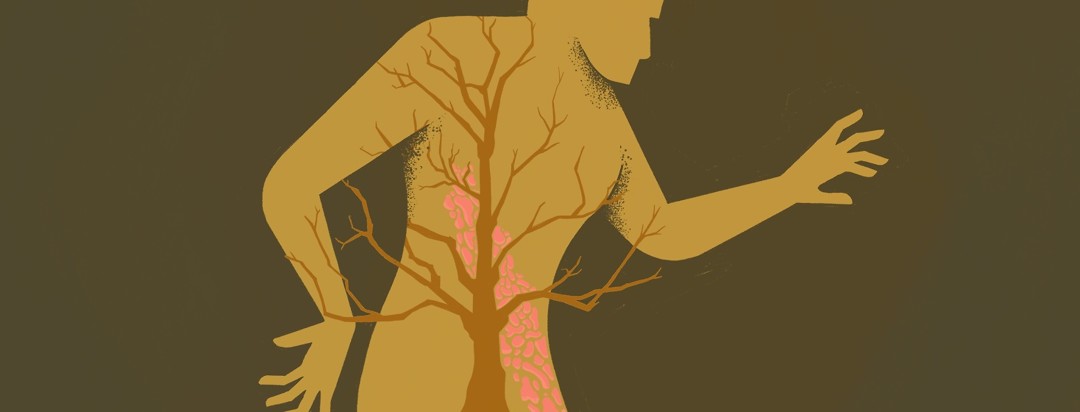Family History and Disease Outcomes with Psoriasis and Psoriatic Arthritis
Both psoriasis and psoriatic arthritis are chronic autoimmune conditions that can be found in people all over the world.1 There are many factors connected with getting these diseases, sometimes lumped together and called psoriatic disease. Family history is one of the most important. People who have one parent with psoriasis have a higher chance of getting the disease and those with two parents with psoriasis are even more at risk. Other factors include infections and environmental triggers.2
Autoimmune diseases occur when the immune system malfunctions and attacks our own body rather than the foreign invaders like bacteria and viruses that it is supposed to protect us from.
Symptoms and numbers of people affected
Psoriasis is a skin disease. The most common type of psoriasis is called plaque psoriasis. It affects between 85% and 90% of people with the condition.3 Plaque psoriasis appears as red, raised, scaly, patches on the skin that are often covered by silvery scales. It can be itchy and painful, and the affected skin can sometimes crack, bleed, and ooze.4
Another form of psoriasis is called pustular psoriasis. It is characterized by white, pus-filled blisters that form on red skin. Sometimes the blisters can crack, leaving crusty wounds on the skin. Pustular psoriasis can occur anywhere on the body, but it’s most frequently found on the hands and feet.2,4
About 30% of people with psoriasis eventually develop psoriatic arthritis. This disease shows up mainly as joint pain, stiffness, and swelling. It can occur anywhere on the body, and it can lead to joint damage over time.5
Family history and genetic influence
Both conditions have a strong genetic component, with people often having a family history of the disease. About one-third of people with psoriasis have a family member with the disease.3 And 40% of people with psoriatic arthritis have a family member with either psoriasis or psoriatic arthritis.6
Recent research has found certain mutations, or mistakes, in peoples’ genes that are connected with psoriasis and psoriatic arthritis. Genes are the cellular instruction manuals that get passed down from parents to children.
The connection between family history and disease type
A recent study looked at people with psoriatic arthritis and their family connections to the disease. The researchers found important results, which show for the first time that there is a difference in risk and the form of the disease among people with a family history of psoriasis and psoriatic arthritis. Key findings from the study are7:
Patients with a family history are:
- More often female
- Have an earlier onset
- Have more frequent nail involvement
- Have more swollen joints
- Have more severe disease
Patients with a family history of psoriasis only are more likely to have plaque psoriasis vs. other types of the skin disease. Patients with a family history of psoriatic arthritis are less likely to have plaque psoriasis and more likely to have a different form of the disease, called pustular psoriasis.
The implication is that genetic differences in symptoms and disease development might point to underlying differences in the malfunctioning of the immune system. If researchers can find the problems, they have a better chance of finding cures.

Join the conversation